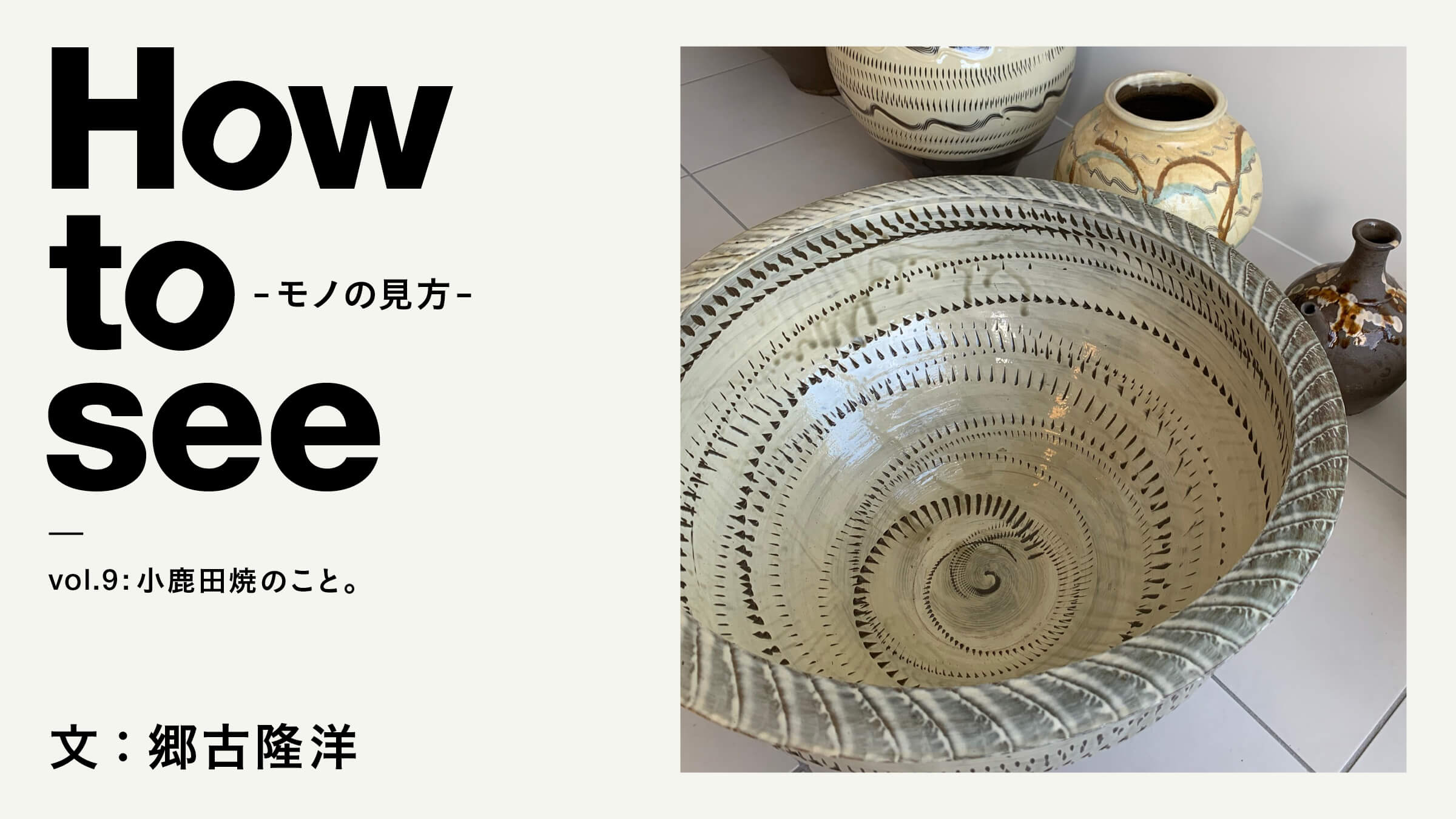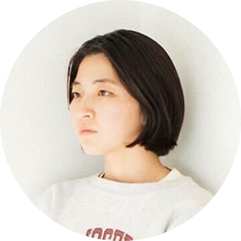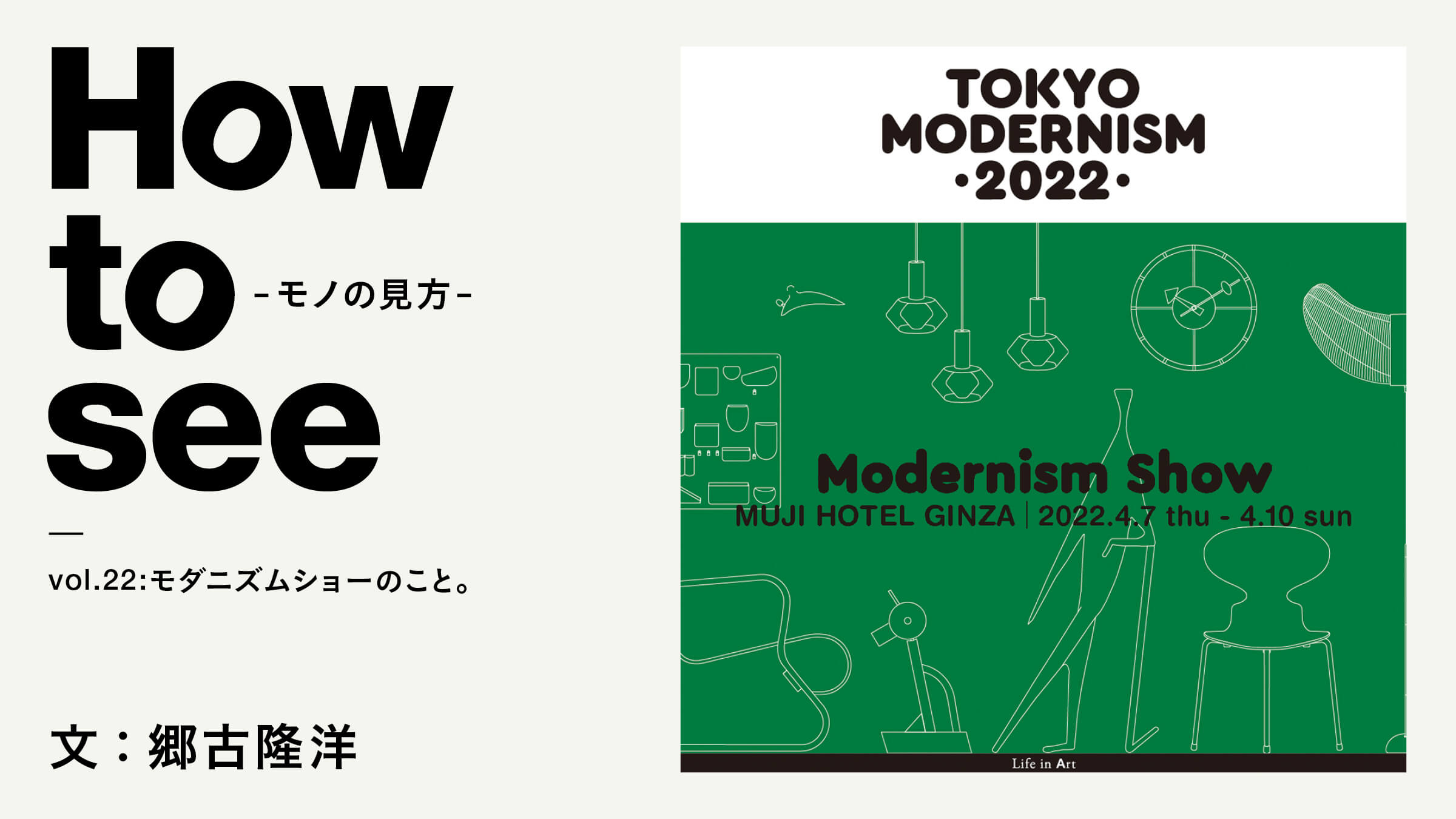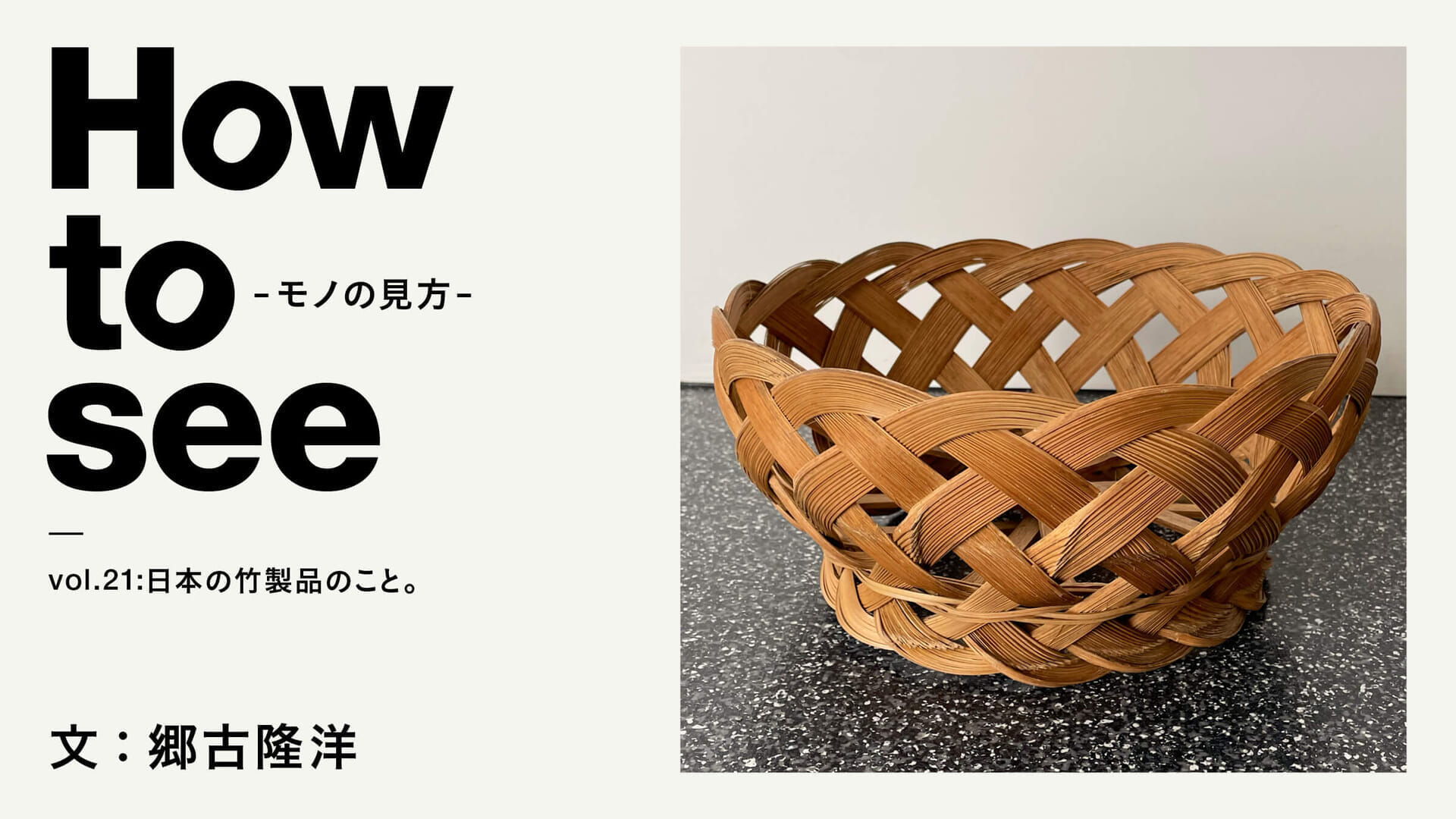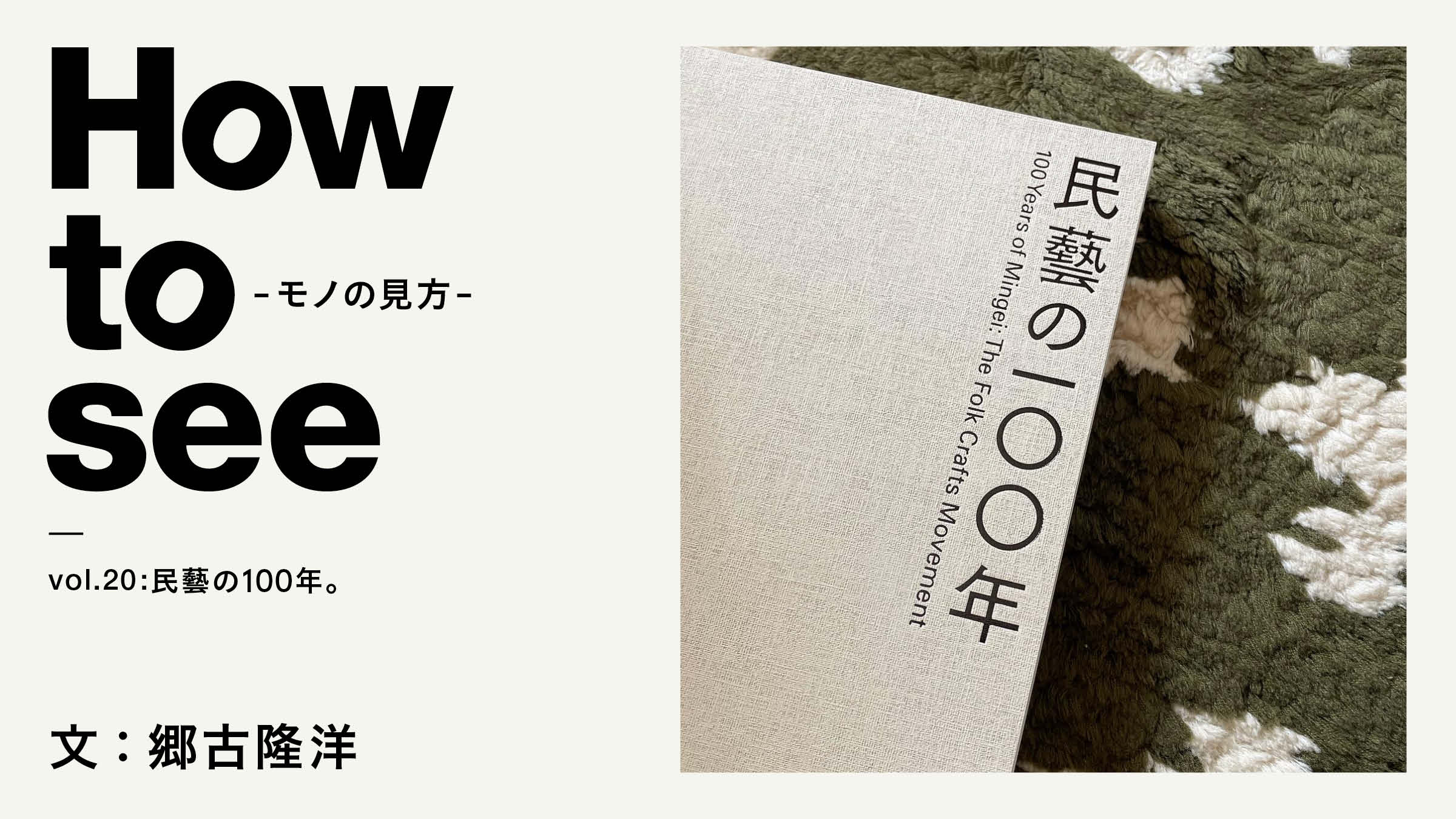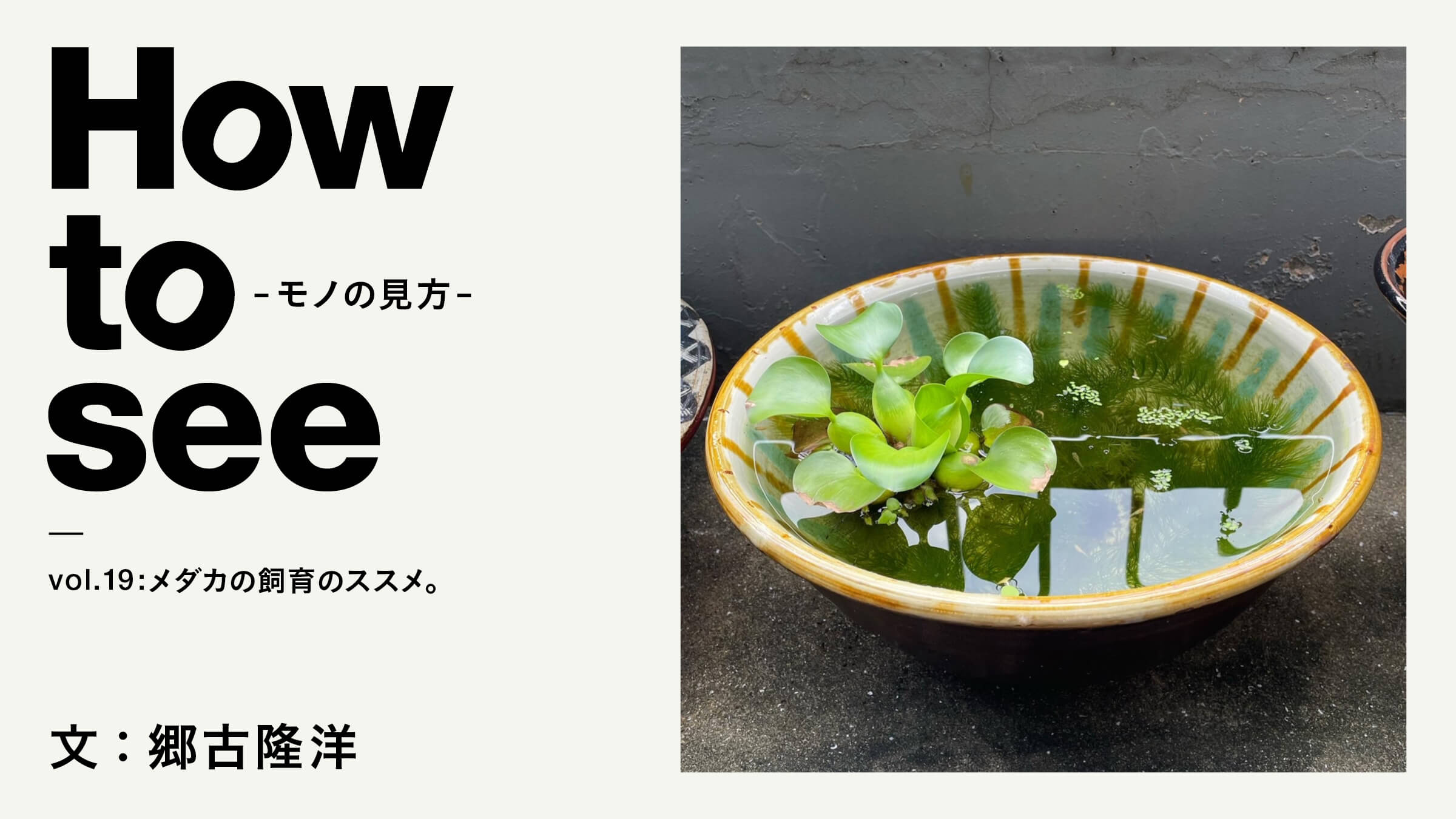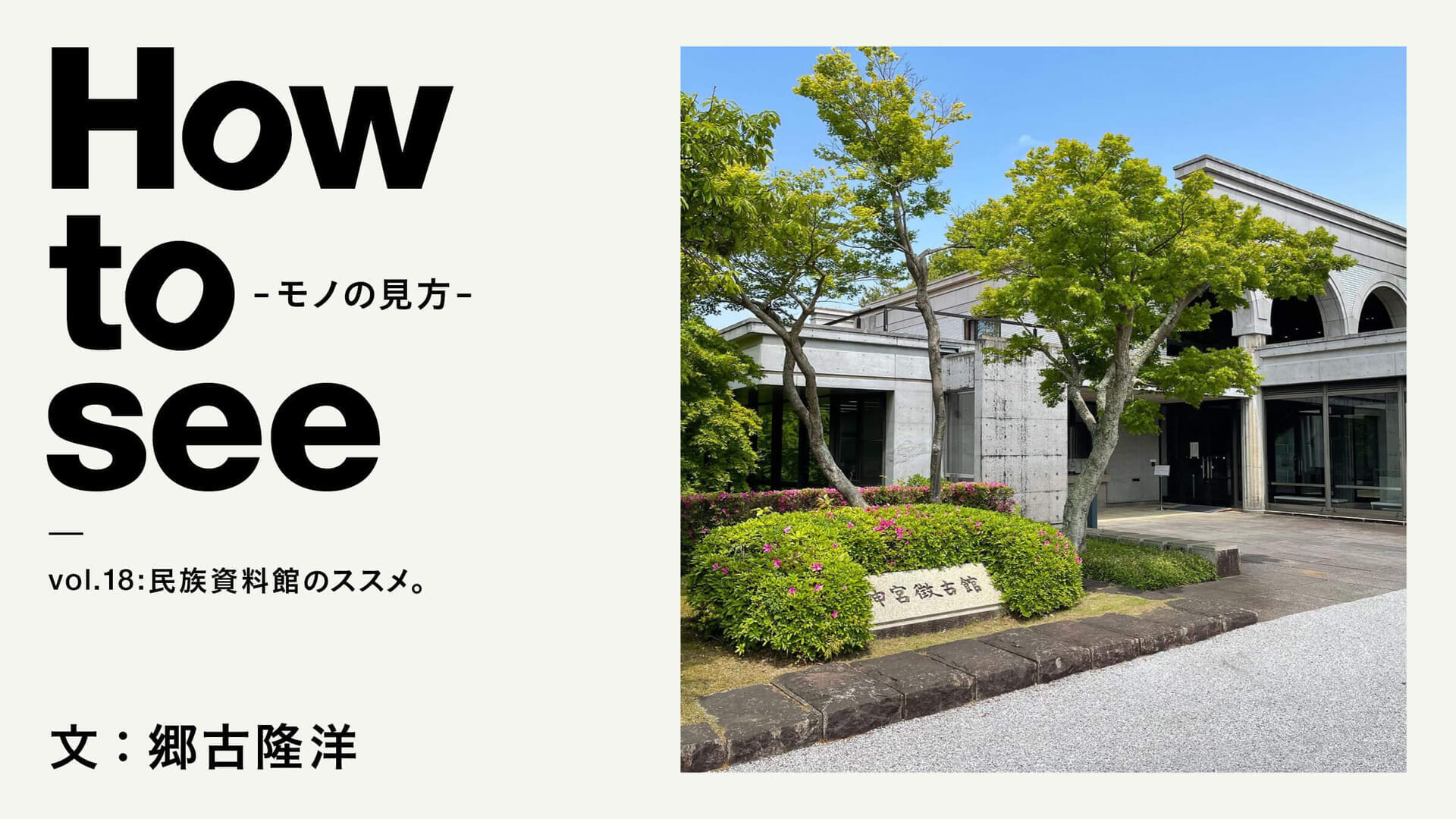Vol. 9 Kogada Ware.
One of the things that has changed since I started living in two locations, Tokyo and Fukuoka, is my view of Kogada pottery.
I had visited the village of Sarayama in Hita, Oita Prefecture, where the pottery studios were located, many times before, but I had digested them in my mind, or rather, kept them in my memory. Then I started going to Fukuoka, and I had more opportunities to hold the pottery in my hands while buying, and I began to experience firsthand the charm of Oshikada-yaki.
It was not something extremely old, but something made in the Showa period, about 30 or 40 years ago, that I felt when I held it. It was a kind of weight, or stability, that is not found in today's products, and that makes it a little bit difficult to use.
Kogada-yaki has unique decorations called hibiki-kanes and hakeme (brush marks), and older pieces are rhythmically and beautifully spaced in such a way that they are different from modern pieces, which I find fascinating. Older Ojakada-yaki pieces also have a mark on the underside of the bottom to distinguish them as "Ojakada" or "Ojakada-yaki," and different kilns have different marks, which I find fascinating.
From then on, whenever I visited Fukuoka, I stocked more and more Kogada-yaki and began to use it personally, and it became a familiar part of my life. Furthermore, in Tokyo's Toshima Ward, there is a specialty store for Kogada-yaki called "Sonomono," and as I talked with the owner, my interest was spurred on as well.
Of course there is beauty that comes in through the eyes, but if we also value the sensations from our hands, we may see things in a different way.



PROFILE
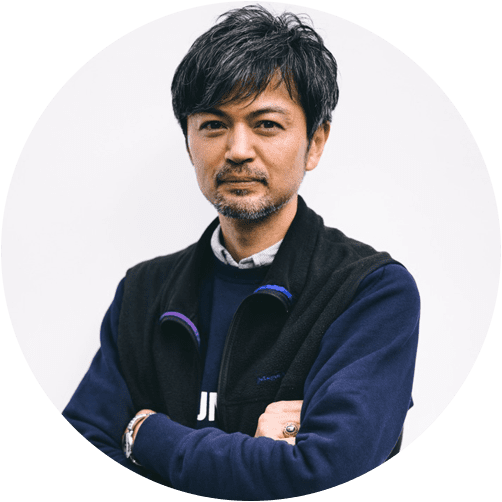
After working for United Arrows and Landscape Products, he established Swimsuit Department in 2010. In September 2015, he presided over the first modernism show in Japan.
http://swimsuit-department.com


